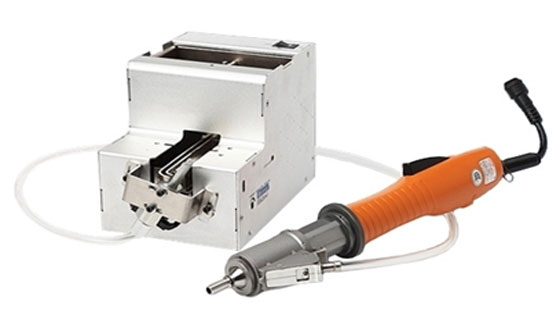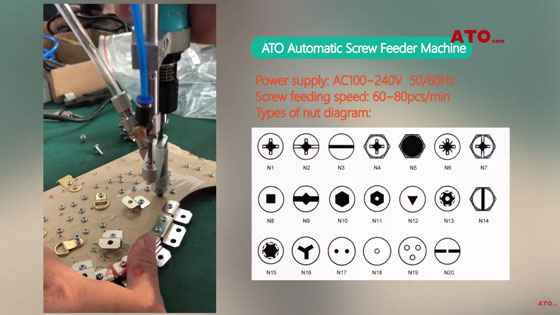What is a Screw feeder?
A screw feeder is a mechanism that uses a rotating screw blade, usually inside a tube, to move liquid or granular materials. They are used in many bulk handling industries. Screw conveyors in modern industry are often used horizontally or slightly inclined as an efficient way to convey semi-solid materials including food waste, wood chips, aggregates, grains, animal feed, boiler ash, meat and bone meal, municipal solid waste, and Many others. Screw conveyors can move material horizontally inclined or vertically. They are used for feeding, dispensing, collecting or mixing, and can be equipped with heating or cooling when transferring using appropriate covers and gaskets, they are easily dust or weatherproof and rodent proof.
Gravity and the friction between the bulk material and the tank walls prevent the material from rotating under the influence of the screw. If the material level is high and the wall friction is low, the material will only rotate at the bottom perpendicular to the screw axis.

The beginning of the screw, which means that the screw will act as a simple cylinder and will not transport material. Because of this, centrifugal force must be used to generate wall friction in order to transport the material vertically (which in turn requires high screw speeds).
The throughput of the system depends on the speed of the screw, the inner and outer diameters, the inclination, the filling level and the friction between the material and the screw.
Maximum delivery is achieved when the friction on the delivery screw is low relative to the friction on the groove walls. If liquid is being delivered, the delivery rate will be reduced and the level of wear will increase because the chambers are no longer completely separated from each other and backflow occurs as a result.

Screw feeder features
- When extracting the screw, just put the tip of the batch nozzle into the nozzle guide, slide it down along the guide, and then pull the screw out towards the user.
- Compared with the traditional screw tray, the Screw feeder can save 1.4 seconds for each screw, so it can improve the production efficiency by 4 times.
- The operation is easy, and the first-time user can learn the operation method in real time.
- Widely applicable to various types of screws with different lengths and head shapes.
- The screw feeder is small in size, and one operator can operate multiple screw conveyors at the same time.
Screw feeder applications
Screw feeders are widely used in the food, plastic, household products, mineral processing and agricultural industries to remove material from hoppers and bins at controlled rates. A key design requirement is to make the free space in the screw evenly available along its exposed length below the hopper or bin.
The uniformity of flow depends on the descending flow pattern, which in turn depends on screw and hopper design, particle shape and wall friction effects. If the pullback is uneven, you can create compositional changes in the output stream. The strongly varying residence time distribution of the particles in the bin can also lead to quality problems. Designs to date are often based on analytical models, and performance issues are often observed when screw designs used do not provide the desired flow patterns. In this study, the discrete element method (DEM) was used to simulate particle transport in a horizontal screw feeder system for a range of conventional screw designs including variable screw pitch, screw thread and core diameter. The effects of screw design on particle mass flow, particle uniformity under the hopper and power consumption were investigated. The results of this study can better inform screw feeder design for specific materials. This has important implications for product quality control, reducing power consumption and reducing wear on conveyor belt components.
The ATO screw feeder replaces manual picking and placing of screws, and it automatically selects and supplies screws. The design of the screw feeder not only improves the work efficiency, but also reduces the labor intensity. The video below shows how the Screw feeder works:

